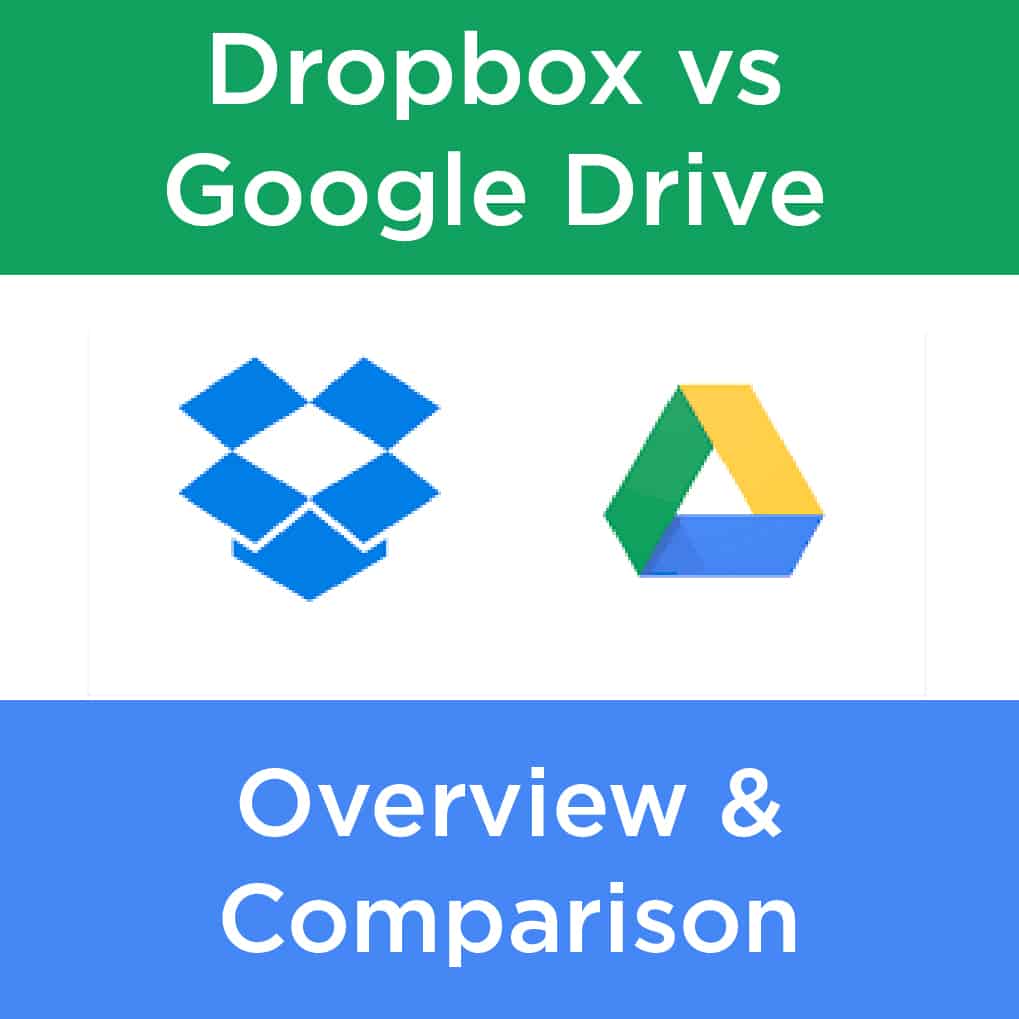
On Windows systems, this is merely a matter of finding each individual folder (typically within the Users folder of your primary hard drive) and opening its Properties menu to update its path. Once you have your cloud storage synced with your computer, as described in the previous tip, change the location of system folders like Documents and even Desktop so that they reside within your locally synced cloud storage folder. You may or may not want to put all of your files into the cloud - depending on storage limitations and the extent of any, shall we say, sensitive personal materials you may possess - but connecting some basic system folders will allow you to browse and manipulate your computer's contents regardless of where you are or what device you're using. If you're committed to the cloud and tend to access your data from multiple devices, make your life easier by turning your desktop computer into a powerful cloud terminal. Turn your desktop into part of your cloud arsen al Take a minute now to make sure you're set, and it'll feel like far less of an emergency the next time your cloud service sputters.Ģ. Google Drive has desktop apps, too, and it affords you the ability to enable native offline access for certain types of files right within Chrome - without the need for additional software. Microsoft's OneDrive has similar options (and the Windows app comes preinstalled on Windows 8.1 and Windows 10 systems).


The simplest way to be ready is to use the tools your cloud provider offers for establishing offline access on your local computer.ĭropbox has apps for Windows and Mac, for instance, that keep all of your cloud-based files synced with a folder on your desktop system. No matter what provider you use, sooner or later you're bound to encounter the dreaded blip when your files become unavailable for a (hopefully short) while.Īvoid the panic by preparing in advance for that possibility.

These days, most cloud storage is fairly reliable - but it sure as hell isn't foolproof.


 0 kommentar(er)
0 kommentar(er)
